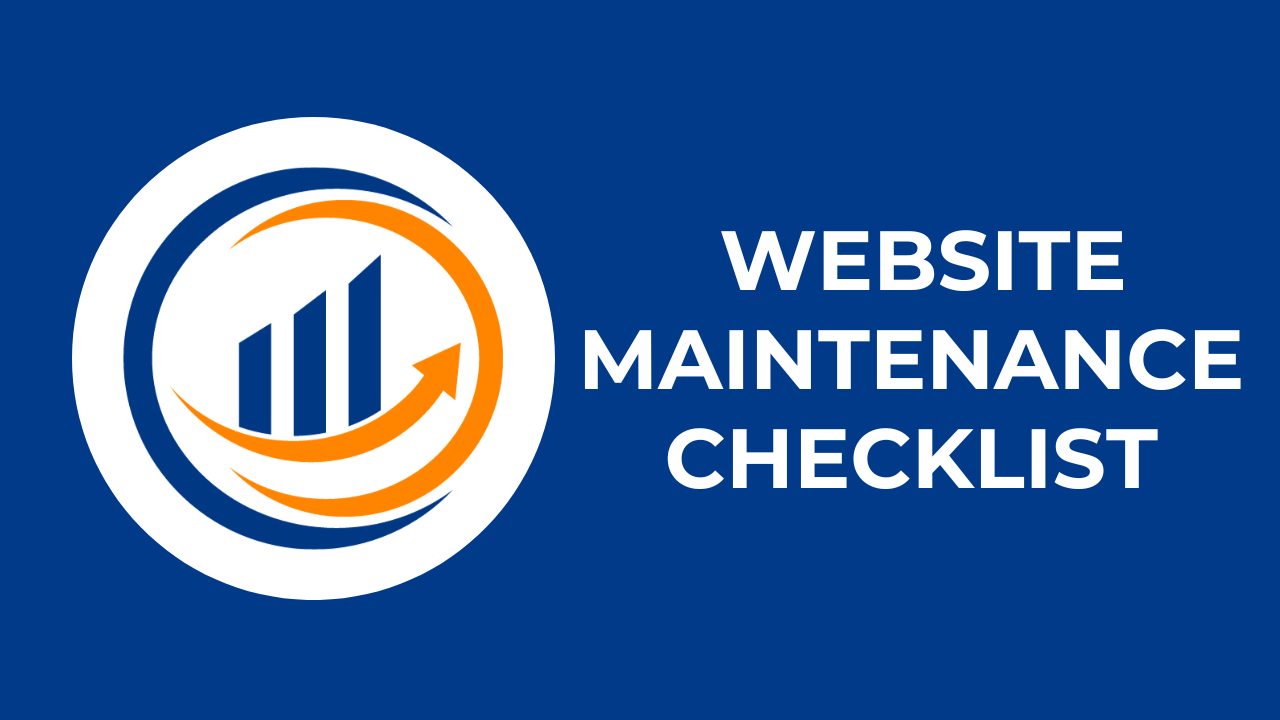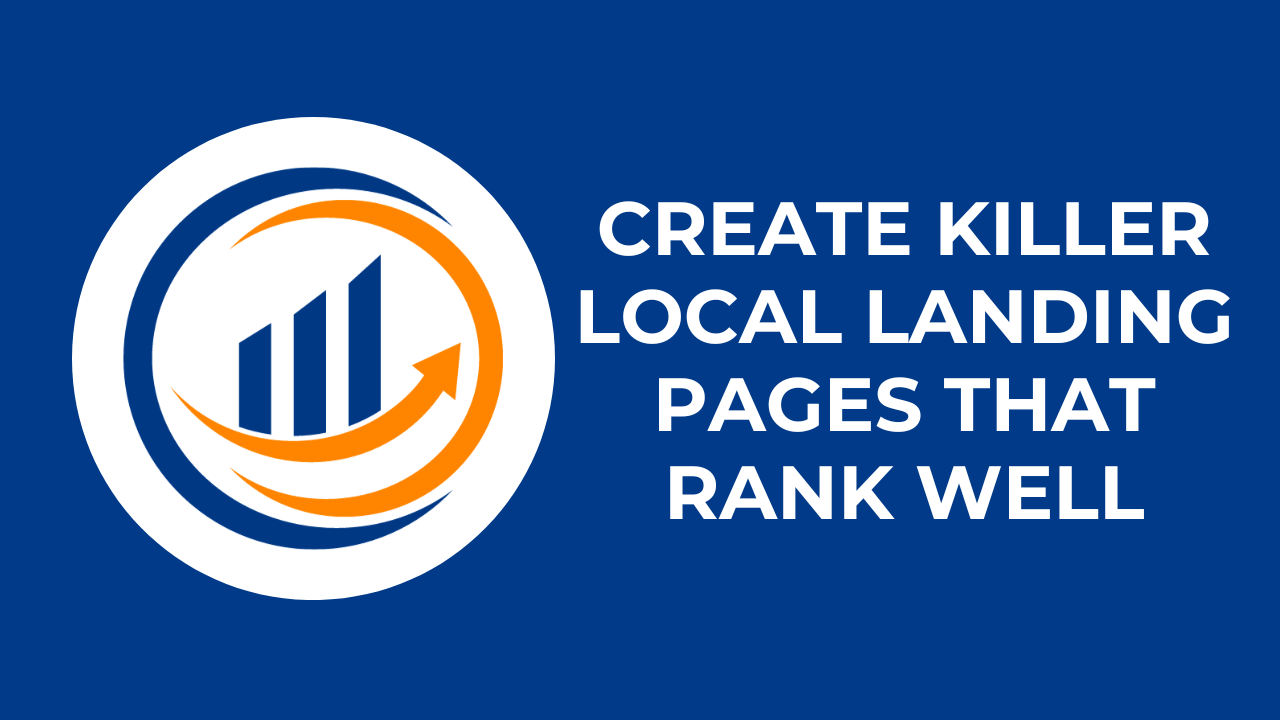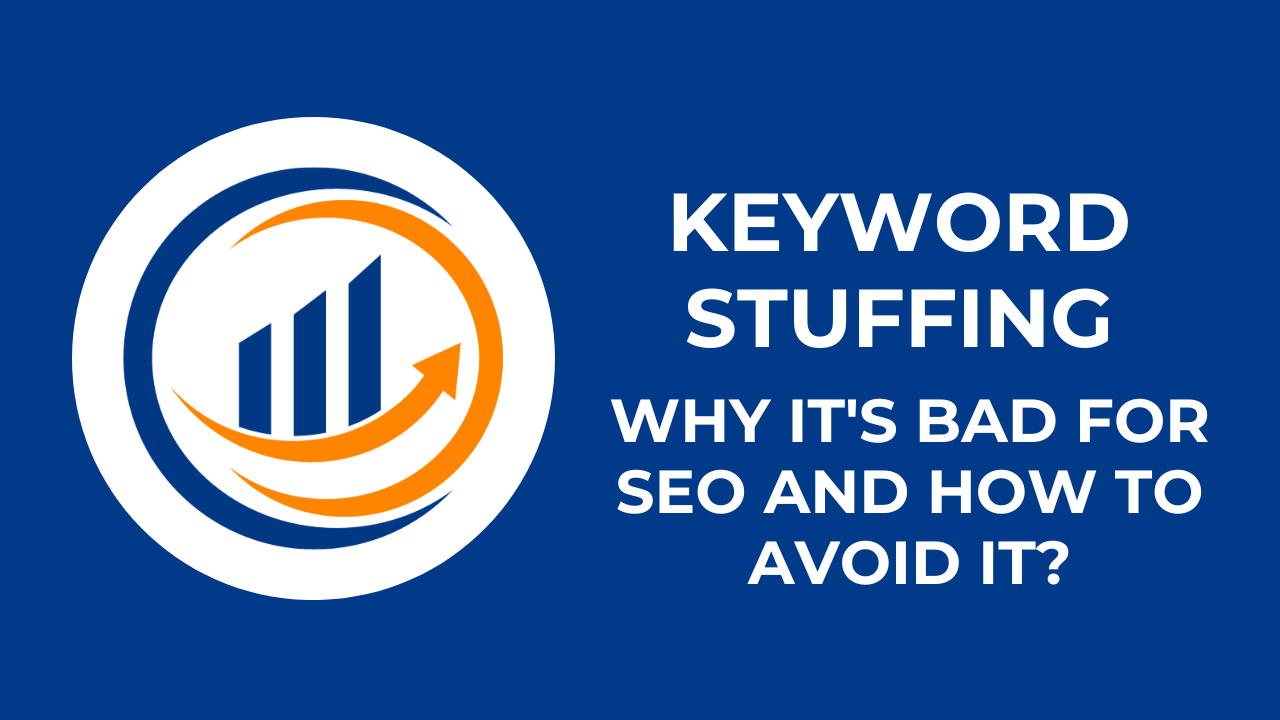Are you a small business owner struggling to keep your WordPress website running smoothly? Well, guess what? We’ve got the ultimate WordPress website maintenance checklist just for you!
By following this checklist, you can ensure that your website remains updated, secure, and optimized for maximum performance. From regular software updates to scanning for malware, we’ve got you covered.
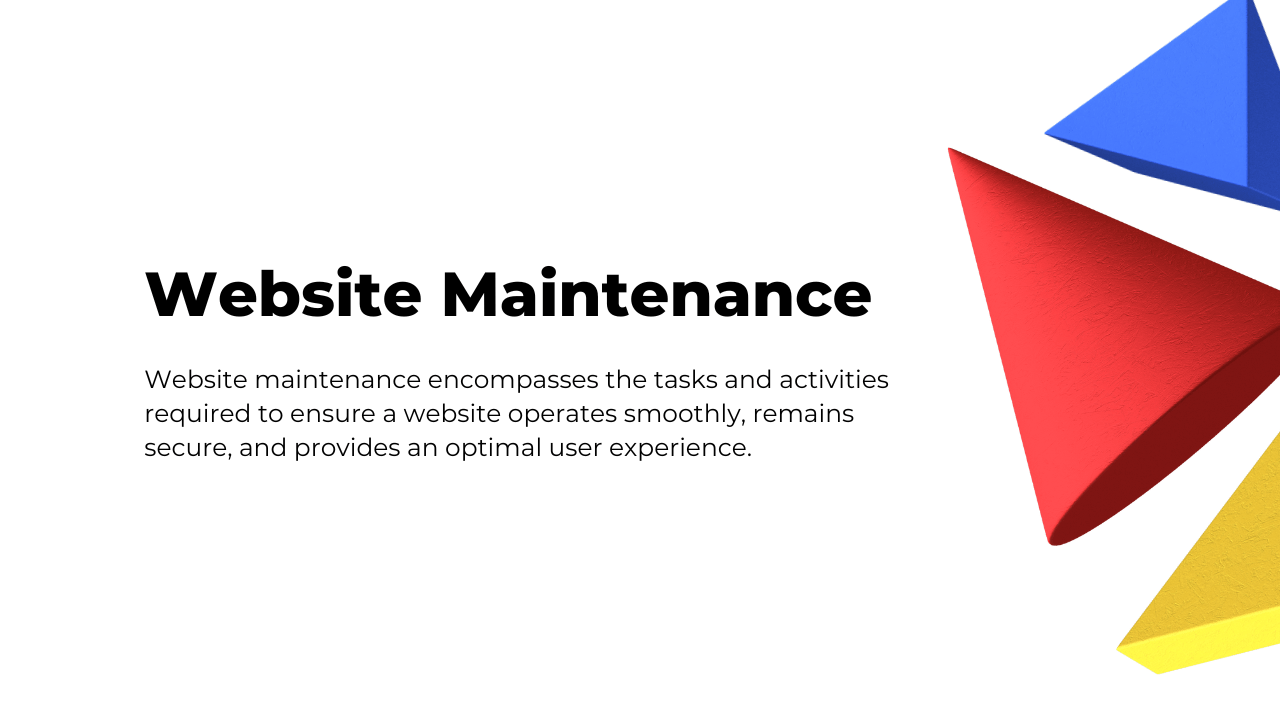
Plus, we’ll show you how to improve your site speed, backup your precious data, and monitor your SEO performance. With this comprehensive checklist, maintaining your WordPress website has never been easier.
So, say goodbye to website woes and hello to a thriving online presence for your small business! Let’s get started!
Updating WordPress Software and Plugins
When it comes to updating WordPress software and plugins, there are a few key points to consider.
First, scheduling automatic updates can save you time and ensure that your site is always running on the latest versions.
Second, following manual update best practices, such as backing up your site and testing updates on a staging environment, can help prevent any potential issues or conflicts.
Lastly, testing before updating is crucial to ensure that everything is functioning properly and to avoid any disruptions to your website.
Schedule Automatic Updates
To ensure regular and efficient maintenance of your WordPress website, there are a few key steps you can take.
Firstly, it’s important to set up automatic updates for the WordPress software and plugins. By scheduling automatic updates, you can ensure that your website is always running on the latest version of WordPress core, themes, and plugins. This is crucial for security reasons, as updates often include patches for vulnerabilities.
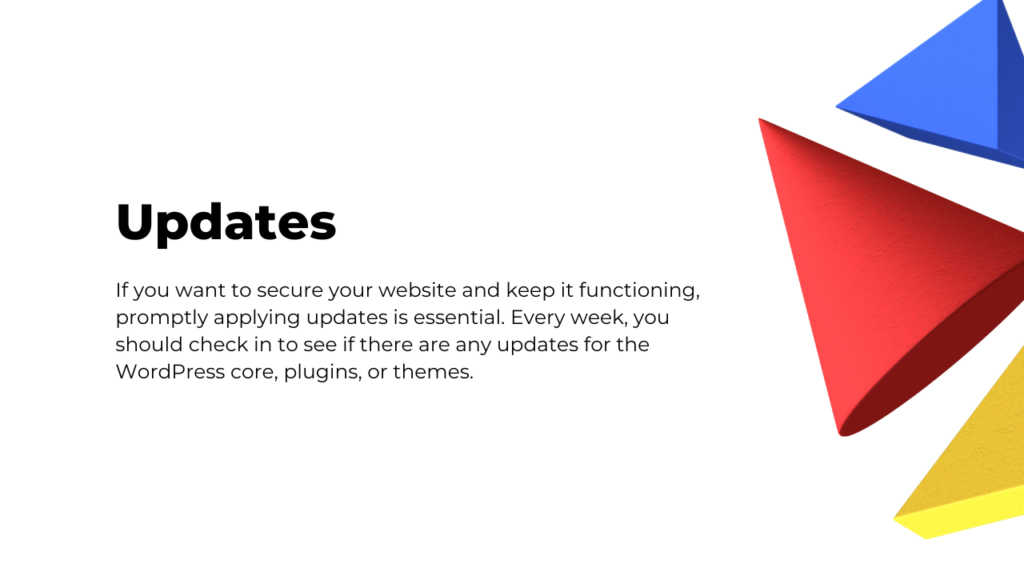
In addition to security, regular updates also help maintain compatibility with themes and plugins, ensuring smooth functionality. It’s important to keep your website up-to-date to avoid any compatibility issues that could impact user experience.
When scheduling updates, it’s a good idea to choose low-traffic times to minimize disruptions for your visitors. This way, any potential issues or downtime caused by updates will have minimal impact on your website’s performance.
Lastly, before performing any updates, it’s important to backup your WordPress site. This way, if anything goes wrong during the update process, you can easily restore your website to a previous version. It’s always better to be safe than sorry when it comes to making changes to your website.
If you’re unsure about how to enable automatic updates or need further guidance, it’s a good idea to consult your hosting provider. They can provide you with the necessary guidance and support to ensure that your updates are properly set up and running smoothly.
Manual Update Best Practices
Ensure seamless updates for your WordPress software and plugins by following these best practices for manual updates.
Regularly check for updates to your plugins and themes, as well as the WordPress core, to ensure compatibility and benefit from improved security features and performance enhancements.
It’s important to apply security patches promptly to protect your website from potential vulnerabilities.
Test Before Updating
Before updating your WordPress software and plugins, it’s essential to thoroughly test them. This step is crucial in the ultimate WordPress website maintenance checklist for small businesses.
By testing updates on a staging copy of your site, you can identify any compatibility issues before applying them to the live site.
It’s also important to run a backup of your live website before performing updates to avoid data loss or website crashes.
Keep your environment organized and well-managed to ensure a successful update process and avoid potential issues.
Implementing Security Measures
To ensure the security of your WordPress website, there are several key measures you should implement.
Firstly, use strong passwords and enable two-factor authentication to protect your login credentials.
Secondly, take advantage of security plugins and tools, such as Wordfence, to scan for and address potential security issues.
Lastly, regularly perform backups of your website and conduct security scans to detect and prevent malware or viruses from compromising your site’s integrity.
Strong Passwords and Two-Factor Authentication
Increase the security of your WordPress website by implementing two-factor authentication and using strong passwords.
Two-factor authentication adds an extra layer of protection by requiring a second form of verification, such as a code sent to your phone, in addition to your password. This significantly reduces the risk of unauthorized access to your website.
Strong passwords, consisting of a combination of letters, numbers, and special characters, are essential for preventing brute force attacks.
Security Plugins and Tools
For comprehensive protection, enhance the security of your WordPress website by implementing security measures through the use of reliable plugins and tools.
Install the Wordfence plugin, a free security plugin that offers features such as scanning for malware and viruses.
Additionally, regularly scan your site for suspicious code and patch security vulnerabilities.
Ensure the functionality of your backup system by verifying backups in different locations for added security.
Consider professional WordPress maintenance services for additional security measures.
Regular Backups and Security Scans
Ensure the security and integrity of your WordPress website by regularly performing backups and security scans.
Regular backups are crucial for small businesses as they prepare against hacking incidents and data loss.
Implementing regular security scans and using security plugins such as Wordfence can help identify and fix potential security threats.
Optimizing Site Speed
To optimize the speed of your WordPress website, there are several key points to focus on.
First, ensure that your images are properly optimized by compressing them and using the appropriate file formats.
Additionally, minimize the number of plugins and scripts you use on your site, as these can slow down loading times.
Lastly, optimize your database by regularly cleaning out unnecessary data and optimizing its structure.
Image Optimization
Improve your website’s loading speed by optimizing images.
Image optimization is a crucial step in the website maintenance checklist for small businesses using WordPress.
By compressing and resizing images, you can significantly enhance site performance without compromising image quality.
This not only contributes to better search engine rankings but also enhances accessibility for all users.
Utilize image compression tools to ensure your WordPress website loads quickly and efficiently.
Minimize Plugins and Scripts + Optimize Database
Streamline your website’s performance by reducing the number of plugins and scripts and optimizing your database.
Minimizing the use of plugins and scripts can improve your site’s speed and overall performance. Regularly review and remove unused themes, plugins, and media files to minimize the number of scripts running on your website.
Additionally, optimizing your database by removing redundant data can further enhance your site’s speed and efficiency.
Prioritize these steps in your WordPress website maintenance routine to ensure optimal performance.
Verifying Website Backups
Make sure to regularly check and confirm the accuracy and integrity of your website backups.
As a part of your WordPress website maintenance checklist, verifying your backups is crucial to ensure the safety of your website data.
This involves double-checking that all site data is being copied and stored during the backup process, saving backups in different locations for added security, and regularly testing the restoration process to identify any issues before they become critical.
Don’t underestimate the importance of verifying your website backups to protect your WordPress site.
Monitoring SEO Performance
To effectively monitor your website’s SEO performance, regularly analyze key metrics and make data-driven optimizations.
Conduct regular SEO audits using tools such as Google Analytics and Search Console to identify and address any issues affecting your website’s performance.
Keep an eye on your search engine rankings, organic traffic, and SEO rankings to gauge the effectiveness of your optimization efforts.
Reviewing Site Analytics
You can review your site analytics to gain valuable insights into your website’s performance and user engagement. By monitoring key metrics such as page views, bounce rate, and conversion rates, you can identify areas for improvement and make data-driven decisions to improve your website’s performance.
Tools like Google Analytics provide detailed reports on user demographics, allowing you to optimize your content and marketing strategies accordingly.
Regularly reviewing site analytics should be included in your website maintenance tasks to ensure ongoing improvement and success.
Managing Comments and Moderation
Regularly reviewing and managing website comments is essential for maintaining a professional and engaging environment for your visitors.
To effectively manage comments on your WordPress website, consider implementing a spam comment filter to prevent spam from hindering genuine conversations.
Additionally, use a comment moderation system and reduce the number of permitted links to prevent spam comments and maintain a professional appearance.
Delete spam comments promptly to improve the WordPress experience for both website owners and visitors.
Ensuring Mobile Compatibility
To ensure mobile compatibility for your WordPress website, start by using a mobile-friendly theme that’s responsive and adapts to different screen sizes.
Optimizing images for mobile screens is also crucial, as large file sizes can slow down loading times.
Additionally, consider implementing AMP (Accelerated Mobile Pages) to improve website performance and provide a better user experience on mobile devices.
Use a Mobile-Friendly Theme
Ensure that your small business website has a mobile-friendly theme to enhance mobile compatibility and provide a seamless user experience.
Using a mobile-friendly theme is essential for improving the performance of your WordPress website. It allows your site to adapt to different screen sizes and resolutions, ensuring that it remains accessible and visually appealing on various mobile devices.
Incorporating a mobile-friendly theme into your website management strategy is crucial for small businesses to keep up with evolving internet trends and maintain a strong online presence.
Optimize Images for Mobile Screens
To enhance mobile compatibility and provide a seamless user experience, optimize the images on your small business website for mobile screens.
Optimized images contribute to overall website performance, particularly on mobile devices. Utilize image compression tools to reduce file sizes while maintaining image quality.
Ensure that images are responsive and properly sized for mobile screens. This will improve website loading speed, enhance search engine rankings, and make your website more accessible to mobile users.
Don’t forget to include this step in your WordPress website maintenance checklist for small business.
Implement AMP (Accelerated Mobile Pages)
You can enhance mobile compatibility and improve the loading speed of your WordPress website by implementing AMP (Accelerated Mobile Pages).
AMP is a technology that allows your website to load quickly on mobile devices, improving user experience and site speed.
By using AMP, you can optimize your WordPress site for mobile performance, ensuring that it delivers a seamless user experience across all devices.
Implementing AMP is a crucial aspect of website maintenance for improving performance and user satisfaction.
You can contact us for all WordPress website design and maintenance-related services, we provide high-quality service for local businesses.
Conclusion
In conclusion, following a comprehensive WordPress website maintenance checklist is crucial for small business owners to ensure the smooth and efficient running of their websites.
By regularly updating software, implementing security measures, optimizing site speed, verifying backups, monitoring SEO performance, reviewing analytics, managing comments, and ensuring mobile compatibility, small business owners can keep their websites updated, secure, and user-friendly.
This will ultimately contribute to the growth and success of their businesses online.

